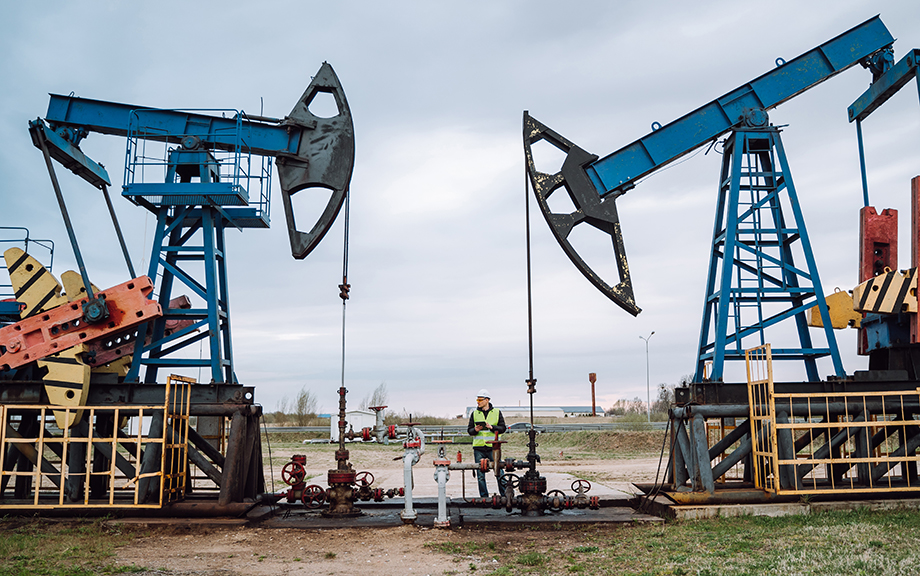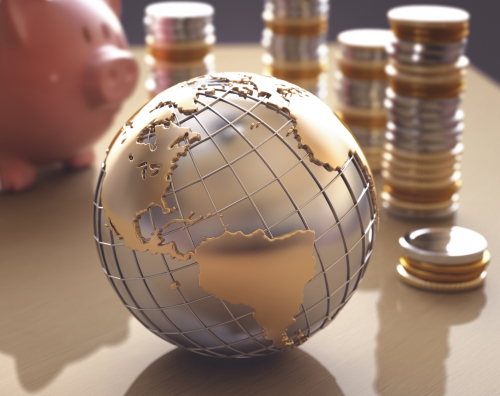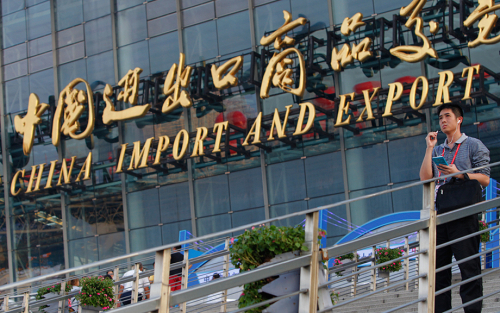Why Investment‑Led Growth Lowers Chinese Living Standards

Rapid GDP growth, due in part to high rates of investment and capital accumulation, has raised China out of poverty and into middle-income status. But progress in raising living standards has lagged, as a side-effect of policies favoring investment over consumption. At present, consumption per capita stands some 40 percent below what might be expected given China’s income level. We quantify China’s consumption prospects via the lens of the neoclassical growth model. We find that shifting the country’s production mix toward consumption would raise both current and future living standards, with the latter result owing to diminishing returns to capital accumulation. Chinese policy, however, appears to be moving in the opposite direction, to reemphasize investment-led growth.
What Happens to U.S. Activity and Inflation if China’s Property Sector Leads to a Crisis?

A previous post explored the potential implications for U.S. growth and inflation of a manufacturing-led boom in China. This post considers spillovers to the U.S. from a downside scenario, one in which China’s ongoing property sector slump takes another leg down and precipitates an economic hard landing and financial crisis.
Spending Down Pandemic Savings Is an “Only‑in‑the‑U.S.” Phenomenon

Household saving soared in the United States and other high-income economies during the pandemic, as consumers cut back on spending while government policies supported incomes. More recently, saving behavior has diverged, with the U.S. saving rate dropping below its pre-pandemic average while saving rates elsewhere have remained above their pre-pandemic averages. As a result, U.S. consumers have been spending down the “excess savings” built up during the pandemic while the excess savings abroad remain untapped. This divergent behavior helps explain why U.S. GDP has returned to its pre-pandemic trend path even as GDP levels in other high-income economies continue to run well below trend.
What Is the Outlook for China’s External Surplus?

The sharp slowdown in China’s property sector has reignited debate over the country’s future role as a net provider of savings to the global economy. The debate revolves around whether a sustained decline in property investment will spur a long-term increase in China’s current account surplus, given the country’s high savings rate. However, China’s rapidly aging population presents opposing forces that complicate this story. The shift of a large share of its population from working life to retirement will reduce savings supply even as a shrinking labor force will reduce investment demand. In this post, we focus on the demographic part of the story and find that this force will exert considerable downward pressure on China’s current account surplus in coming years.
The Disconnect between Productivity and Profits in U.S. Oil and Gas Extraction

U.S. oil and gas production boomed during the years leading up to the pandemic. From 2011 to 2019, oil production more than doubled and dry natural gas production rose by more than half. Remarkably, these gains occurred despite lackluster investment spending and hiring. Instead, higher production came largely from productivity gains, via wider adoption of fracking technologies. More recently, production recovered sluggishly from the pandemic downturn despite a quick recovery in prices. Our analysis in this post suggests that slower productivity growth and investors’ demand for higher returns have made U.S. firms willing to boost output only at a higher threshold oil price.
What Is behind the Global Jump in Personal Saving during the Pandemic?

Household saving has soared in the United States and other high-income countries during the COVID-19 pandemic, despite widespread declines in wages and other private income streams. This post highlights the role of fiscal policy in driving the saving boom, through stepped-up social benefits and other income support measures. Indeed, in the United States, Japan, and Canada, government assistance has pushed household income above its pre-pandemic trajectory. We argue that the larger scale of government assistance in these countries helps explain why saving in these countries has risen more strongly than in the euro area. Going forward, how freely households spend out of their newly accumulated savings will be a key factor determining the strength of economic recoveries.
Has the Pandemic Reduced U.S. Remittances Going to Latin America?

Workers’ remittances—funds that migrants send to their country of birth—are an important source of income for a number of economies in Latin America, with the bulk of these funds coming from the United States. Have these flows dried up, given the COVID-19 recession and resulting unprecedented job losses? We find that remittances initially faltered but rebounded in the summer months, performing better than during the last U.S. recession despite more severe job losses. Large government income support payments probably explain some of this resilience. Whether remittances continue to hold up is likely to depend on how quickly the U.S. job market recovers, particularly in hard-hit service industries.
Reconsidering the Phase One Trade Deal with China in the Midst of the Pandemic

It may be hard to remember given the pandemic, but trade tensions between the United States and China eased in January 2020 with the inking of the Phase One agreement. Under the deal, China committed to a massive increase in its purchases of U.S. goods and services, with targets set for various types of products. At the time of the pact, the U.S. economy was operating near full capacity, and any increase in U.S. exports stemming from the pact would likely have resulted in only a small boost to growth. The environment is now starkly different, with the U.S. economy operating far below potential. While the promised increase in Chinese purchases seems unlikely to be achieved, any appreciable increase in exports from the agreement could deliver a meaningful boost to the economy.
Japan’s Experience with Yield Curve Control

In September 2016, the Bank of Japan (BoJ) changed its policy framework to target the yield on ten-year government bonds at “around zero percent,” close to the prevailing rate at the time. The new framework was announced as a modification of the Bank’s earlier policy of rapid monetary base expansion via large-scale asset purchases—a policy that market participants increasingly regarded as unsustainable. While the BoJ announced that the rapid pace of government bond purchases would not change, it turned out that the yield target approach allowed for a dramatic scaling back in purchases. In Japan’s case, the commitment to purchase whatever was needed to keep the ten-year rate near zero has meant that very little in the way of asset purchases have been required.











 RSS Feed
RSS Feed Follow Liberty Street Economics
Follow Liberty Street Economics